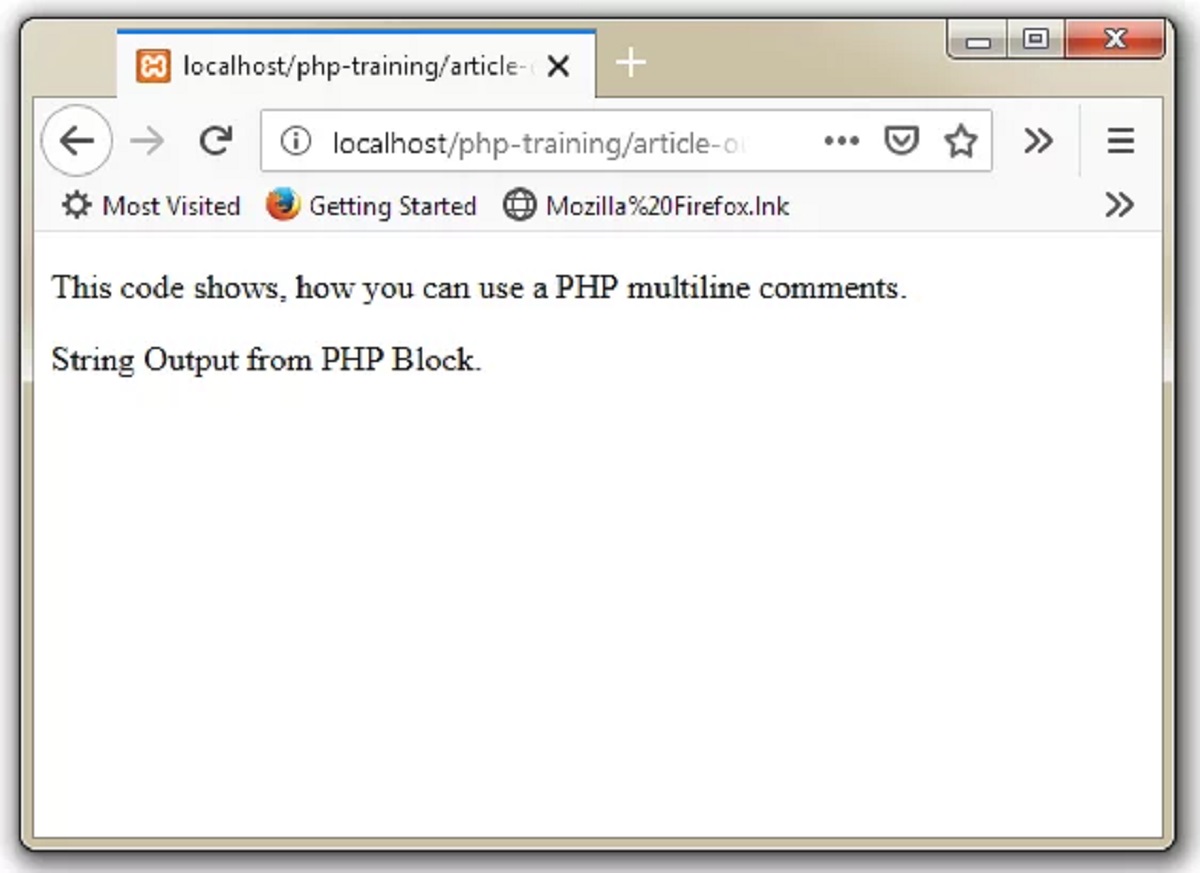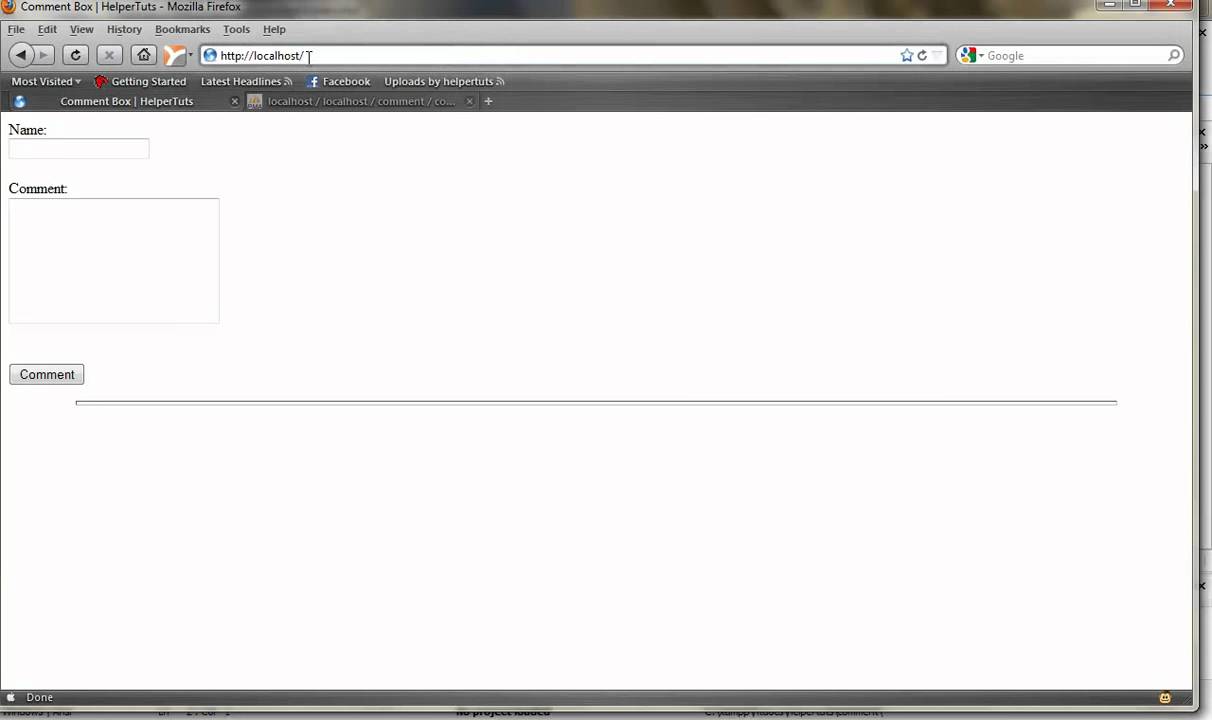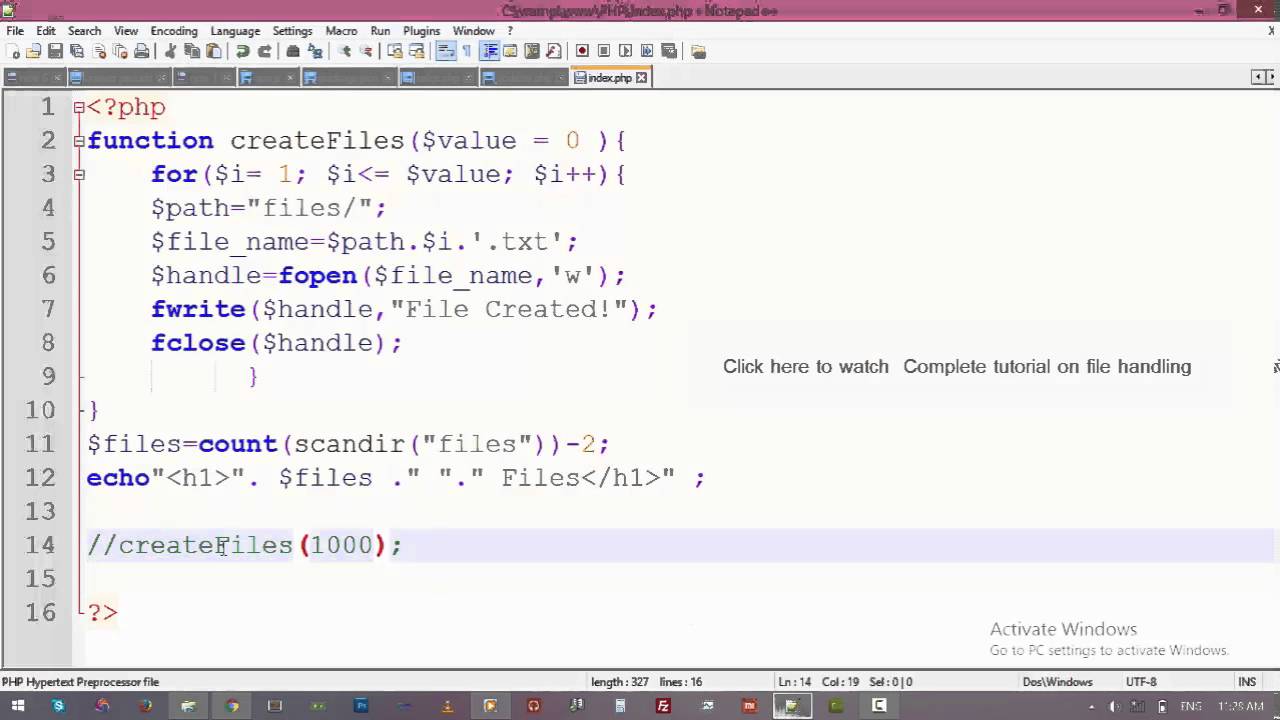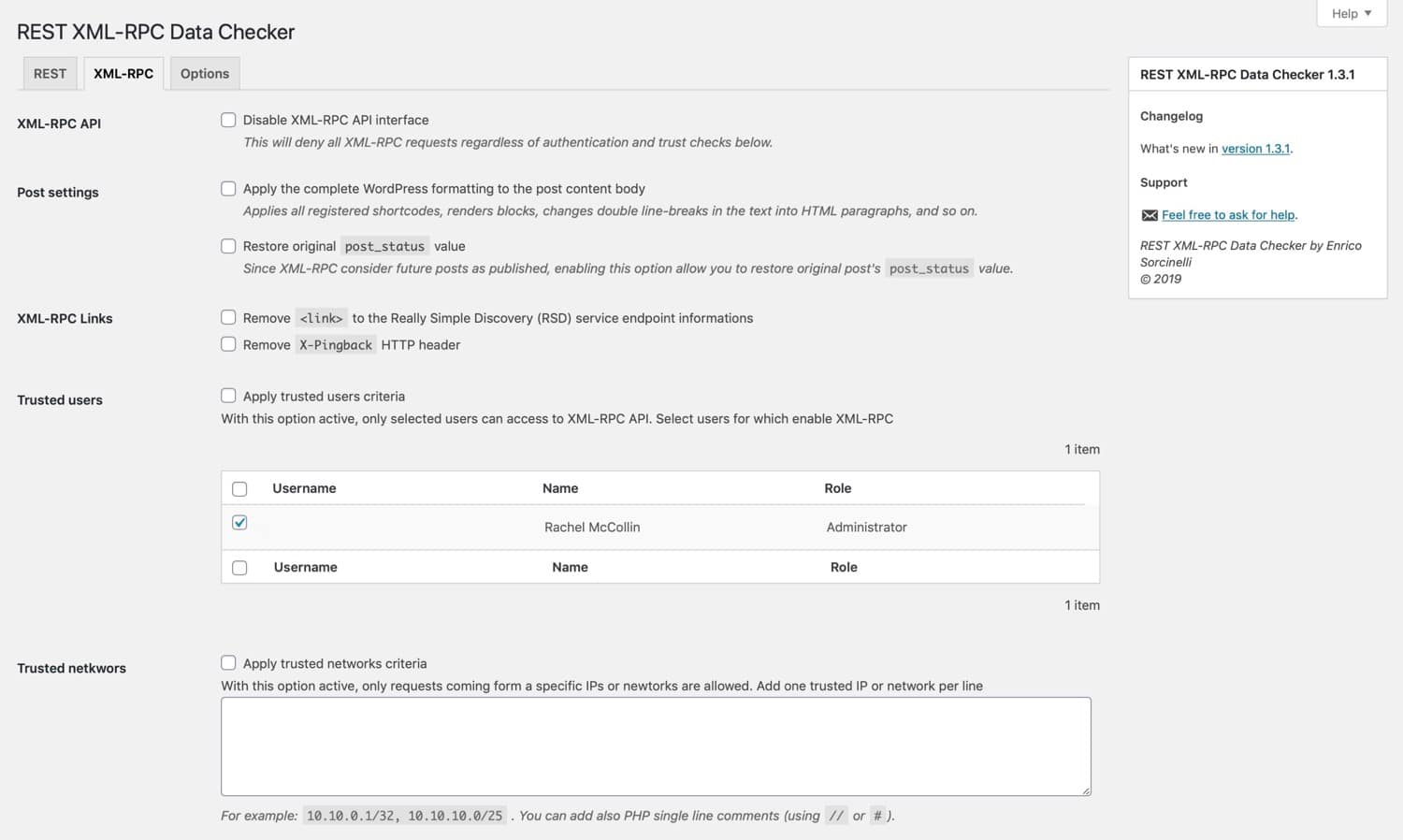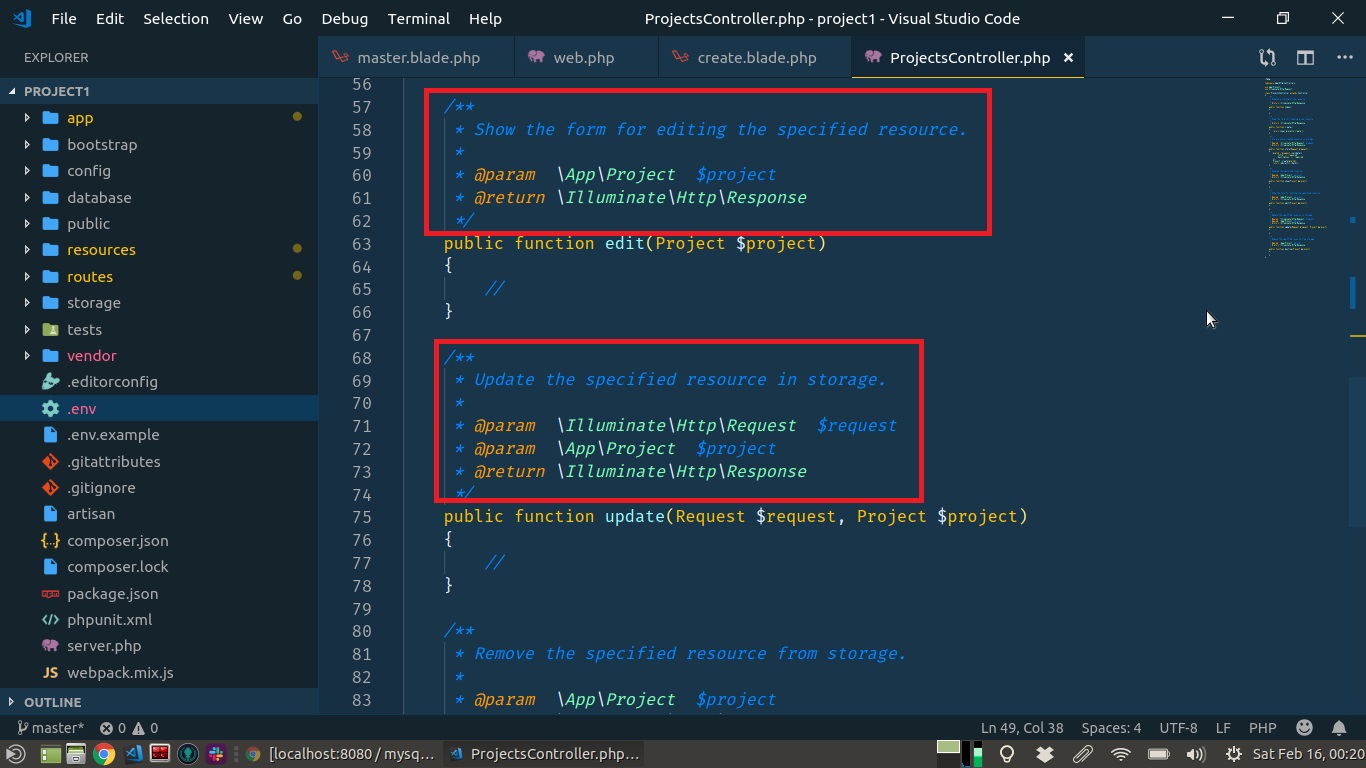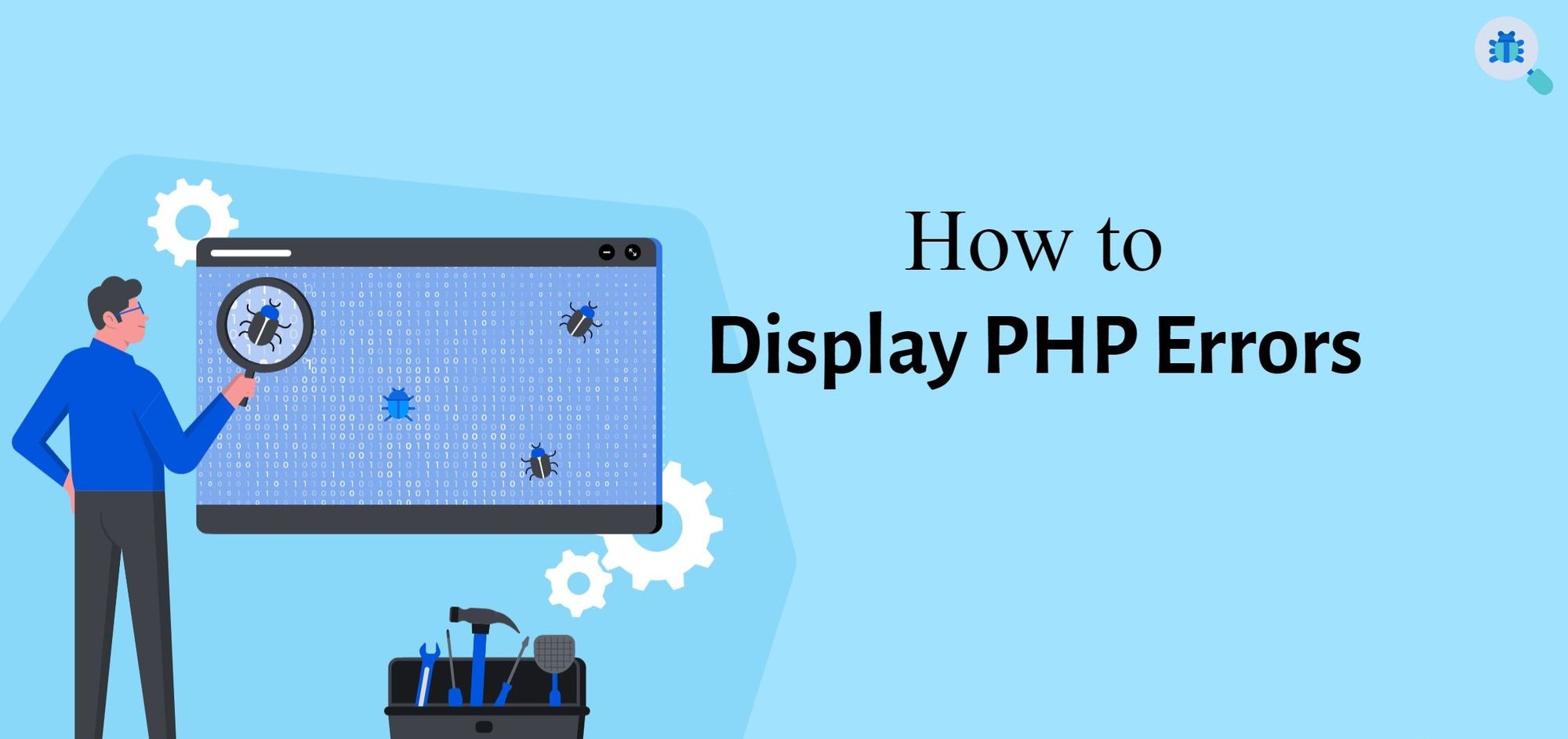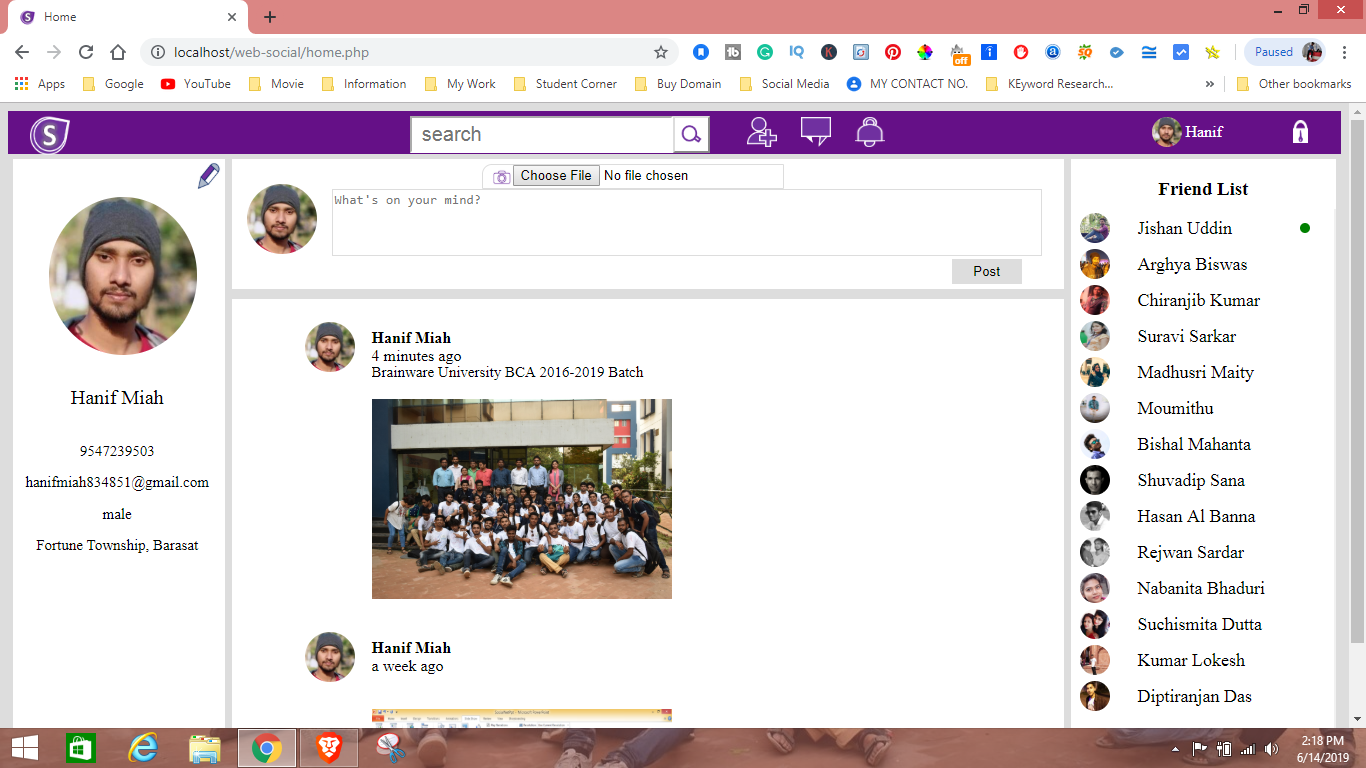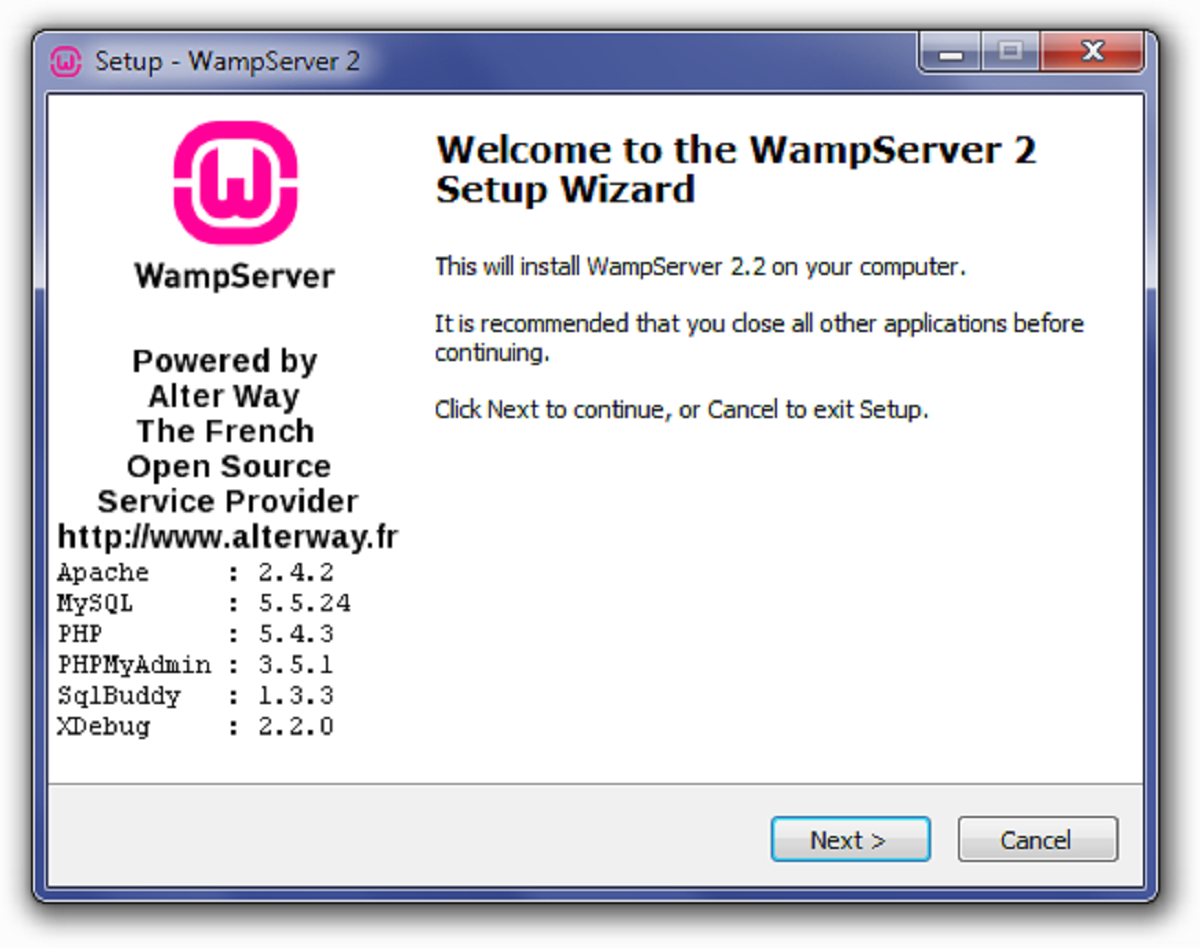Overview
PHP is a versatile programming language widely used for web development. To ensure the clarity and maintainability of PHP code, it is essential to incorporate comments into your codebase. Comments are lines of text that are ignored by the PHP interpreter and are used to provide explanations, documentation, and notes within the code.
In this article, we will explore the importance of commenting in PHP and discuss the different types of comments that can be used. We will also provide best practices, guidelines, and tips for writing effective comments in PHP. Additionally, we will highlight some useful tools that can assist you in the commenting process.
Comments play a crucial role in making code more understandable, particularly for fellow developers who may be working on the same project in the future. They provide context, explanations, and insights into the code’s functionality, which helps in troubleshooting, debugging, and maintaining the codebase.
By incorporating comments into your PHP code, you can enhance its readability, facilitate collaboration, and promote efficient code maintenance. Whether you are a beginner or an experienced PHP developer, understanding the significance of commenting and adopting best practices is vital for writing clean, well-documented, and maintainable code.
Why Commenting is Important
Commenting is a crucial aspect of the PHP development process. It offers numerous benefits that contribute to the overall quality, readability, and maintainability of the codebase. Here are several reasons why commenting is important in PHP:
- Enhances Code Clarity: Comments provide clarity by explaining the purpose and functionality of specific code sections. They help both developers and future maintainers understand the code’s logic and intentions.
- Aids in Debugging: Well-commented code can significantly expedite the debugging process. Comments that explain the reasoning behind certain code decisions or highlight potential issues can assist in identifying and fixing bugs.
- Facilitates Collaboration: When working on team projects, comments act as a means of communication between developers. They enable effective collaboration by providing insights into the codebase, making it easier for team members to understand and work on different parts of the code.
- Simplifies Code Maintenance: As software evolves, maintaining and modifying existing code becomes essential. Comments serve as documentation, guiding developers through the codebase and facilitating updates or improvements.
- Improves Code Reusability: Well-commented code can be more easily reused in different projects. Comments explain the purpose and usage of functions, classes, and snippets, making it easier for developers to repurpose and adapt code for their specific needs.
The benefits of commenting are not limited to code authors only. Comments also help developers who are new to a project or unfamiliar with the codebase. By providing explanations and context, comments enable quicker onboarding and comprehension of the existing code.
In summary, commenting is vital in PHP development as it enhances code clarity, aids troubleshooting, facilitates collaboration, simplifies code maintenance, and improves code reusability. By incorporating comments effectively, you can create a more efficient and user-friendly development process.
Types of Comments in PHP
In PHP, there are three main types of comments that you can use to document your code: single-line comments, multi-line comments, and doc comments.
1. Single-line Comments: Single-line comments are used to add explanations or notes on a single line of code. They are denoted by the double forward slash (//) and anything written after the slashes is ignored by the PHP interpreter. Single-line comments are useful for adding short, concise comments to clarify the purpose or functionality of a specific line of code.
2. Multi-line Comments: Multi-line comments, also known as block comments, are used to provide explanations or notes that span multiple lines of code. They are denoted by the forward slash and asterisk (/*) at the beginning and the asterisk and forward slash (*/) at the end. Anything written between these delimiters is ignored by the PHP interpreter. Multi-line comments are useful for adding detailed comments that cover a larger section of code or provide overall explanations for specific code blocks.
3. Doc Comments: Doc comments, also called documentation comments or PHPDoc comments, are a specific type of comment used to generate API documentation. They have a structured format and provide information about classes, functions, methods, and parameters. The format for doc comments typically follows a specific standard, such as PHPDoc. Doc comments are useful for generating documentation automatically and promoting code reusability and clarity.
It is important to understand and utilize each type of comment appropriately based on the context and purpose of the code. Using comments effectively allows for better code understanding and documentation, making it easier for both yourself and other developers to navigate and maintain the codebase.
Single-line Comments
Single-line comments in PHP are denoted by the double forward slash (//). They are used to add explanations or notes on a single line of code. Anything written after the slashes is ignored by the PHP interpreter, allowing you to include comments without affecting the functionality of the code.
Single-line comments are handy for providing brief explanations or clarifications for specific lines of code. They help improve the readability and maintainability of the codebase by adding context and insights into the purpose or functionality of the code.
Here are a few examples demonstrating the usage of single-line comments in PHP:
<?php
$name = "John"; // Assigning the value "John" to the variable $name
$age = 25; // Storing the age as an integer
$isStudent = true; // Setting the flag for student status to true
// Access the database and retrieve user information
$user = getUser(); // Calling the getUser() function to fetch user data
?>
In the above examples, single-line comments provide explanations for variable assignments and function calls. They make it easier for other developers to understand what each line of code is doing without needing to decipher the logic solely through the code itself.
When using single-line comments, it is important to keep them concise and focused on the immediate line of code they are accompanying. Excessive or redundant commenting can clutter the code and make it harder to decipher the actual logic and functionality. Use single-line comments judiciously to provide key insights and clarification when necessary.
By utilizing single-line comments effectively, you can improve code comprehension and contribute to the overall readability and maintainability of your PHP codebase.
Multi-line Comments
Multi-line comments, also known as block comments, are used in PHP to add explanations or notes that span multiple lines of code. They are denoted by the forward slash and asterisk (/*) at the beginning and the asterisk and forward slash (*/) at the end. Anything written between these delimiters is ignored by the PHP interpreter.
Multi-line comments are useful for providing more detailed comments that cover a larger section of code or for adding overall explanations for specific code blocks. They can be used to document the purpose, functionality, or any other relevant information related to a particular section of code.
Here is an example depicting the usage of multi-line comments in PHP:
<?php
/*
This function calculates the factorial of a given number.
It takes an integer as input and returns the factorial as an integer.
The function uses a recursive algorithm for calculation.
*/
function factorial($number) {
if ($number === 0) {
return 1;
} else {
return $number * factorial($number - 1);
}
}
?>
In the above example, a multi-line comment is used to provide a comprehensive explanation of the purpose and functionality of the “factorial” function. This comment helps developers understand how the function works and its recursive algorithm, making it easier to maintain and modify the code in the future.
It is important to note that multi-line comments should be used sparingly and only when necessary. Overusing multi-line comments can make the codebase cluttered and hinder code readability. Use them judiciously for documenting complex logic, algorithm descriptions, or any other crucial information that requires detailed explanation.
By effectively utilizing multi-line comments, you can enhance the documentation and readability of your PHP code, making it easier for yourself and others to understand and work with the codebase.
Doc Comments
Doc comments, also known as documentation comments or PHPDoc comments, are a specific type of comment used in PHP to generate API documentation. They have a structured format and provide information about classes, functions, methods, and parameters.
Doc comments follow a specific standard, such as PHPDoc, which includes special tags and annotations to provide detailed documentation. These comments are typically placed directly above the element they are documenting and can contain information such as the description, parameters, return type, and any exceptions that may be thrown.
The PHPDoc format allows for automatic generation of documentation using tools like PHPDocumentor. This documentation can then be valuable for understanding the purpose, usage, and available functionality of classes, functions, and methods in a codebase.
Here is an example illustrating the usage of doc comments in PHP:
/**
* Represents a person entity.
*
* @package MyProject\Entities
*/
class Person {
/**
* Person's name.
*
* @var string
*/
public $name;
/**
* Set the name of the person.
*
* @param string $name The new name of the person.
*/
public function setName($name) {
$this->name = $name;
}
}
In the above example, the doc comments provide important information about the “Person” class and its properties and methods. The comments include descriptions, variable types, and parameter information, enhancing the documentation and making it easier for developers to understand and utilize the class.
Using doc comments consistently and following the PHPDoc standard allows for consistent and comprehensive API documentation. It promotes code reusability, as developers can quickly reference the documentation to understand how to interact with the various elements of the codebase.
By leveraging doc comments effectively, you can generate well-documented and self-explanatory PHP code, improving code documentation, collaboration, and maintainability.
Best Practices for Commenting in PHP
Commenting plays a vital role in PHP code development, improving code readability, maintainability, and collaboration. To ensure effective commenting, it is essential to follow some best practices. Here are some guidelines to help you write clear and meaningful comments in PHP:
- Be Clear and Concise: Write comments that are clear, concise, and to the point. Use plain language and avoid unnecessary technical jargon.
- Comment Intent and Logic: Comment on why the code is written in a particular way, highlighting the underlying intent and the logic behind it. This helps others understand your thought process.
- Use Proper Grammar and Spelling: Maintain proper grammar, spelling, and punctuation in your comments to ensure they are easily understood.
- Update Comments Regularly: Keep comments up to date as the code evolves. Outdated comments can mislead developers and cause confusion.
- Follow a Consistent Style: Adopt a consistent commenting style throughout the codebase. Consistency helps in code readability and makes it easier for developers to understand.
- Avoid Obvious Comments: Only comment on things that are not immediately apparent from the code itself. Avoid repeating the code’s functionality in comments.
- Comment Complex or non-Intuitive Code: If the code is complex or non-intuitive to understand, provide comments explaining the underlying logic or any relevant complexities.
- Use Self-Explanatory Variable and Function Names: Properly name variables and functions, making them descriptive and self-explanatory. This reduces the need for excessive comments.
- Be Mindful of Comment Length: Keep comments short and focused. Lengthy comments can make code harder to read and maintain.
- Remove Unnecessary Comments: Regularly review your code and remove unnecessary or outdated comments. This helps keep the codebase clutter-free.
Following these best practices ensures that your comments provide valuable information, making the code more readable and maintainable for yourself and other developers who work on the project.
Commenting Guidelines
To ensure consistent and effective commenting in PHP, it is helpful to follow some commenting guidelines. These guidelines can improve code readability, maintainability, and collaboration among developers. Here are some recommended commenting guidelines to follow:
- Comment All Changes: Whenever you make changes to the code, make sure to update the comments accordingly. This helps keep the comments synchronized with the actual code.
- Use Descriptive Comments: Use comments that clearly describe the purpose, functionality, and usage of the code. This helps other developers quickly understand the code’s intent.
- Comment Before the Code: Place comments above the relevant code rather than inline. This makes it easier to read and understand the comment’s context.
- Use Tags and Annotations: Utilize special tags and annotations in your comments, such as @param, @return, and @throws, for documenting function parameters, return values, and exception handling.
- Avoid Redundant Comments: Avoid commenting on obvious or self-evident code. Comments should provide additional context or insights that are not readily apparent in the code itself.
- Follow a Consistent Style: Adopt a consistent commenting style throughout the codebase. This includes formatting, indentation, and the use of punctuation.
- Comment Tricky or Non-Intuitive Code: Add comments to explain any complex or non-intuitive code to make it easier to understand for other developers.
- Use Inline Comments Sparingly: Inline comments should be used sparingly and only for short, specific explanations. They should not clutter the code with excessive comments.
- Maintain a Balance: Strive for a balance between code and comments. Avoid over-commenting, as it can make the code harder to read. Focus on including comments where they provide the most value.
By following these commenting guidelines, you can ensure that your comments are helpful, consistent, and contribute to the overall readability and maintainability of the PHP codebase.
Tips for Writing Effective Comments
Writing effective comments in PHP is essential for improving code comprehension, maintenance, and collaboration. Here are some useful tips to help you write clear and effective comments:
- Be Clear and Concise: Use clear and concise language to ensure that your comments are easily understood by other developers.
- Explain the ‘Why’ and ‘How’: Provide insights into the reasoning behind certain code decisions and explain how the code accomplishes its intended functionality.
- Comment Complex or Non-Obvious Code: Focus on commenting code that is complex or non-intuitive to understand, explaining the logic or purpose behind it.
- Use Meaningful Variable Names: Use meaningful and descriptive names for variables, which can help eliminate the need for excessive comments.
- Avoid Stating the Obvious: Avoid commenting on code that is self-explanatory or can be easily understood by reading the code itself.
- Write Comments Early: Start adding comments as you write the code, rather than trying to add them later. This ensures that important details are not overlooked.
- Use Proper Formatting: Follow a consistent formatting style for your comments, using indentation and line breaks to improve readability.
- Update Comments Regularly: As your code evolves, remember to update the comments accordingly to reflect any changes or modifications.
- Comment Public Functions and APIs: Provide comprehensive comments for public functions and APIs to guide developers who will be using them.
- Consider Translation: Keep in mind that comments may need to be translated in the future, so use language and terms that can easily be translated.
By adhering to these tips, you can enhance the effectiveness of your comments and contribute to the overall clarity and maintainability of your PHP codebase.
Tools for Commenting in PHP
Several tools are available to assist you in the commenting process while working with PHP codebases. These tools can automate documentation generation, enforce commenting standards, and facilitate collaboration. Here are some popular tools for commenting in PHP:
- PHPDocumentor: PHPDocumentor is a widely used documentation generator for PHP. It automatically generates API documentation based on specially formatted doc comments in your code. It supports various output formats, such as HTML, PDF, and XML.
- phpDox: Similar to PHPDocumentor, phpDox is a documentation generator tool that uses PHPDoc comments to generate documentation. It offers customization options and supports various output formats like HTML, XML, and DocBook.
- PHP Code Sniffer: PHP Code Sniffer is a coding standards enforcement tool that can help you maintain consistent commenting practices. It checks your code against predefined coding standards, including commenting standards, and provides automated feedback on any violations.
- IDEs and Code Editors: Integrated Development Environments (IDEs) and code editors such as PhpStorm, Visual Studio Code, and Sublime Text often provide features to assist with commenting. These include auto-generating comments or providing templates for common comment structures.
- Version Control Systems: Version control systems like Git allow for collaborative commenting. Developers can add comments when committing their changes, providing insights into the modifications or explaining the reasons behind the code changes.
- Collaboration Tools: Collaborative platforms like GitHub, GitLab, and Bitbucket provide features for commenting on code. Developers can leave comments on specific lines or sections of code, facilitating discussions and providing feedback on the codebase.
It is worth exploring and utilizing these tools based on your specific needs and preferences. They can streamline the commenting process, enforce best practices, and enhance collaboration within your PHP development workflow.







